One early morning in Prague, my friend and I were strolling around. We were faced with the task of preparing a project for our class, but we were completely clueless about what to do. In that moment, I captured a photo using multiple exposure technique and shared it with my friend as an example of what we could create. However, my friend raised an intriguing question: “What if a brain couldn’t process images as quickly as does? Imagine seeing life superimposed on itself.”
Indeed, if our visual processing were slower, it would pose significant challenges. Recognizing objects, memorizing details, and making decisions based on visual information would become incredibly difficult. Navigating a city would be disorienting, and our perception of a “standard vision” might be entirely different. Perhaps, adaptation to life under such conditions would become imposible.
Around 2014 MIT researchers discovered that our brain takes around 13 milliseconds to see an image. Incredibly fast!
Mary Potter, an MIT professor of brain and cognitive sciences said: “The fact that you can do that at these high speeds indicates to us that what vision does is find concepts. That’s what the brain is doing all day long — trying to understand what we’re looking at.”
The photos in this post explore a fascinating “what if?” scenario: What if our brains were unable to process images as fast as they currently do? How would the world appear from our altered perspective?
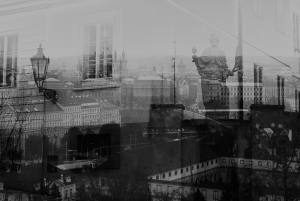
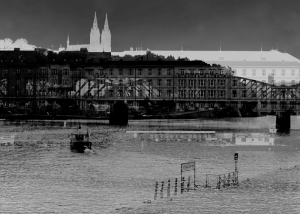
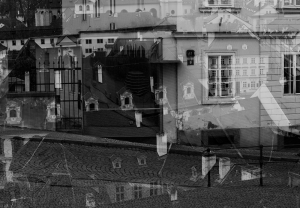
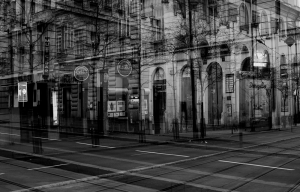
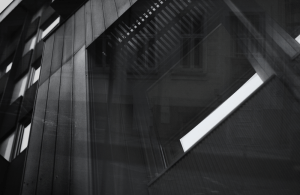
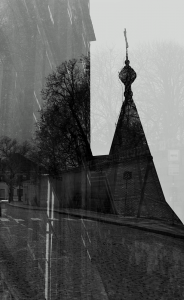
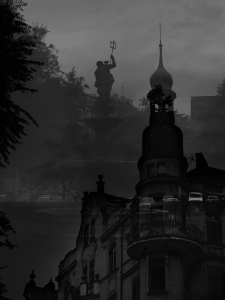
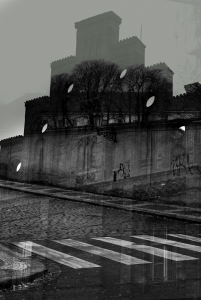
áitation